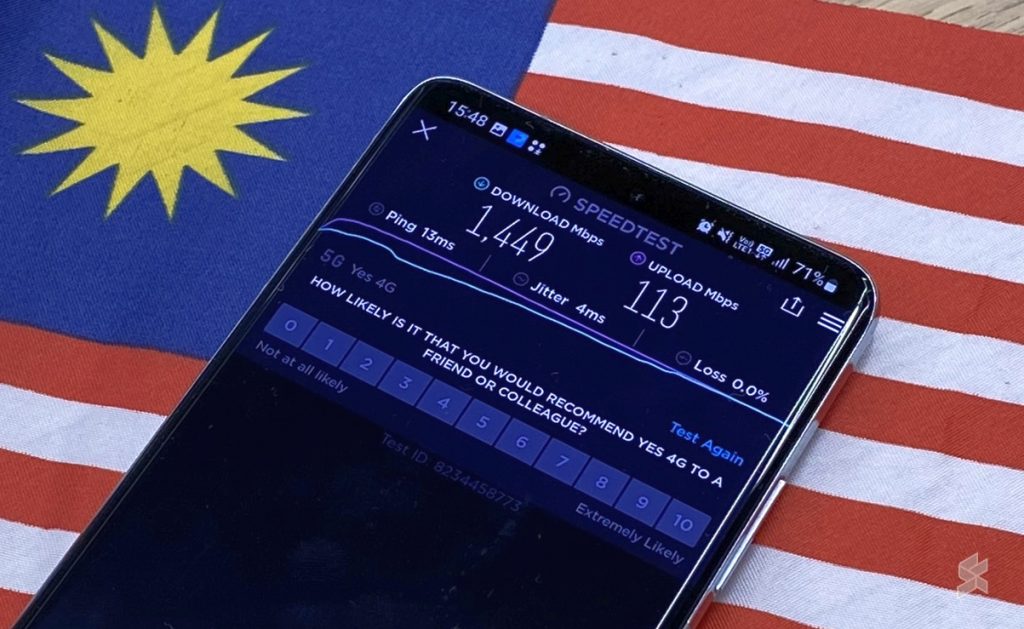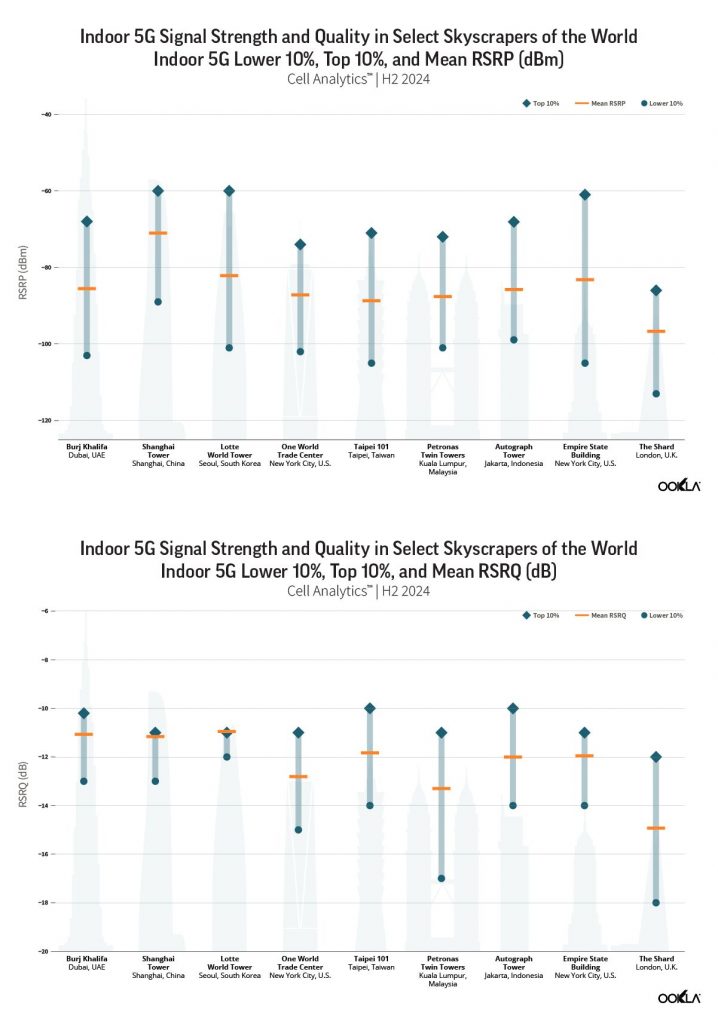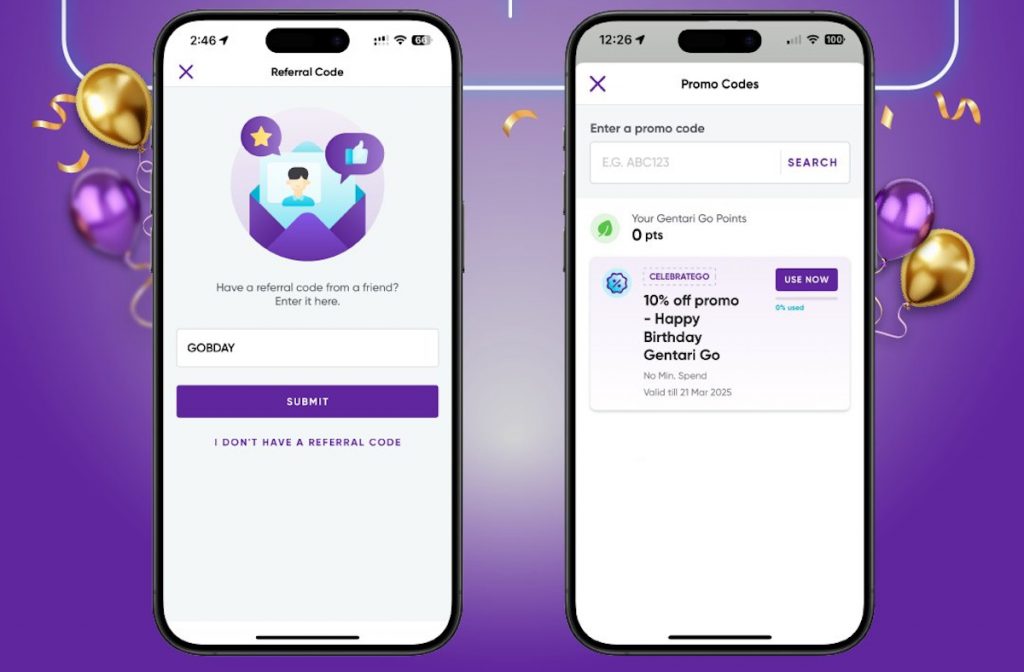5G technology can deliver blazing fast download speeds and low latency but it is only useful if there’s sufficient indoor coverage. While it is easy to achieve 5G population coverage quickly, the true test of accessibility is whether or not users can experience strong and consistent 5G signal especially in popular commercial buildings.
Ookla has recently shared its latest report for 5G in building coverage based on H2 2024 data from Cell Analytics. The report analyses the average Reference Signal Received Power (RSRP) and Reference Signal Received Quality (RSRQ) in nine of the world’s iconic buildings including Malaysia’s very own Petronas Twin Towers at KLCC, to provide insights on the 5G signal strength and quality that subscribers are getting indoors.
Among the 9 skyscrapers, Shanghai Tower recorded the strongest 5G signal with a weighted average RSRP of -71.04 dBm of all samples from inside the building. This suggests a well optimised indoor network supported by China’s extensive 5G infrastructure. It added that China is a major leader in 5G deployment and major urban centres such as Shanghai benefit from advanced indoor network solutions which include small cells and distributed antenna systems (DAS) to ensure strong coverage in high-rise environments.
Meanwhile, The Shard in the United Kingdom has the worst 5G experience with the lowest average RSRP and RSRQ values.
Parts of Petronas Twin Towers and Taipei 101 suffer inconsistent 5G coverage
According to Ookla, an RSRP value that exceeds -90 dBm indicates superior coverage while a value between -90 dBm and -100 dBm is considered good. If the value is below -100dBm, users may expect slower download speeds and potential network disconnections.
Focusing on Malaysia and Taiwan, both the Petronas Twin Towers and Taipei 101 show good average 5G RSRP (above -90 dBm) but users experience weaker signals in certain areas. As shown above, the lower 10% RSRP values for both buildings were below -100 dBm which indicate inconsistent coverage.
Meanwhile, RSRQ is a metric used to evaluate the quality of the reference signal received by a device. An RSRQ value of -10 dB or higher indicates excellent network quality while a value between -10dB and -15dB is considered good. An RSRQ value below -15 db is considered poor or no signal at all.
For Petronas Twin Tower, its lowest RSRQ value is below -16 dB, which is the second lowest among the 9 skyscrapers. Even the 93-year-old Empire State Building has a higher RSRQ value (lower 10%) of -14 dB. This shouldn’t come as a surprise as Malaysia’s iconic Twin Towers lack a dedicated indoor 5G solution according to the report.
5G at Petronas Twin Towers gets worse at the top

Interestingly, the report also provided an analysis of the 5G signal strength and quality at the bottom 10% and top 10% of the 9 skyscrapers. The Petronas Twin Towers along with Korea’s Lotte World Tower and Indonesia’s Autograph Tower showed significant decline in signal strength as elevation increased.
The Twin Towers at KLCC recorded a relatively strong -80.44 dBm at the lower levels close to the ground but it dropped to -92.67 dBm at the top floors. This is due to the lack of indoor 5G coverage solutions, and devices have to rely on outdoor 5G cell towers. There’s also a huge gap in signal quality where the Twin Towers recorded decent -12 dB RSRQ in the lower levels but poor values of more than -16 dB on the upper floors.
To no surprise, Shanghai Tower has excellent and consistent 5G quality with more than -12 dB for both bottom 10% and top 10% of the building’s elevation. Interestingly, the signal strength is stronger at the top for Shanghai Tower versus its lower floors.
Indoor 5G coverage vital for skyscrapers

Ookla says having a strong indoor 5G coverage is essential in skyscrapers as the buildings play a key role in modern cities as business hubs, residential spaces and a major tourist attractions. Visitors to the observation decks and businesses operating in high-rise offices as well as residents require seamless connectivity for work, communications and entertainment.
It highlighted potential challenges in delivering a consistent 5G performance and quality which may include building materials such as low-emissivity (Low-E) glass, which can significantly impact 5G signal attenuation by blocking or reflecting radio frequencies especially for mmWave. It added that these challenges highlight the need for dedicated indoor solutions such as small cell deployments, DAS and enhanced in-building network infrastructure.
With the evolution of 5G, the report mentions that telcos and building developers must work together to improve indoor network quality to ensure users at all levels of the skyscraper can experience fast, stable and uninterrupted connectivity. It added that 5G indoor deployments are a strategic avenue for operators to monetise their investments through massive IoT, enhanced mobile broadband and fixed wireless access.
For further reading, you can check out Ookla’s indoor 5G report.

As announced recently by Digital Nasional Berhad (DNB), it has 5G in-building solutions (5G IBS) deployed at 73 sites which include mostly hospitals, Urban Transformation Centres (UTC) and international airports. Among its latest 5G IBS deployments include KLIA Terminal 1 and Terminal 2.
DNB CEO Datuk Azman has said that DNB’s key focus this year is to enhance 5G indoor coverage and connectivity.







